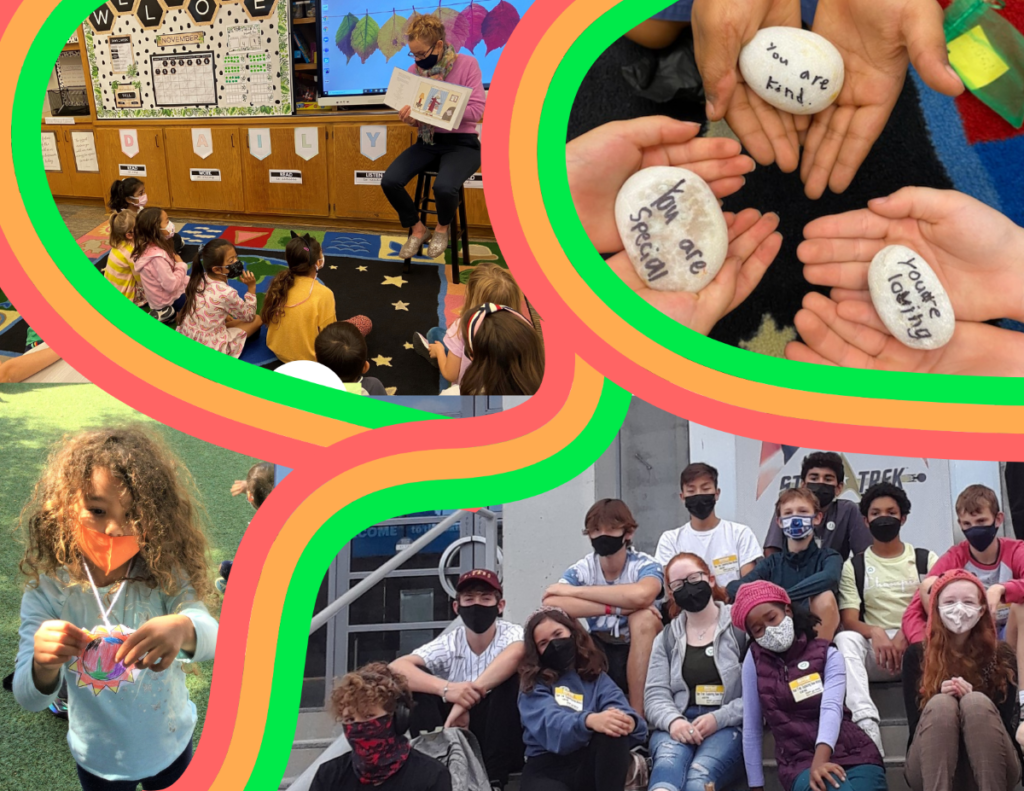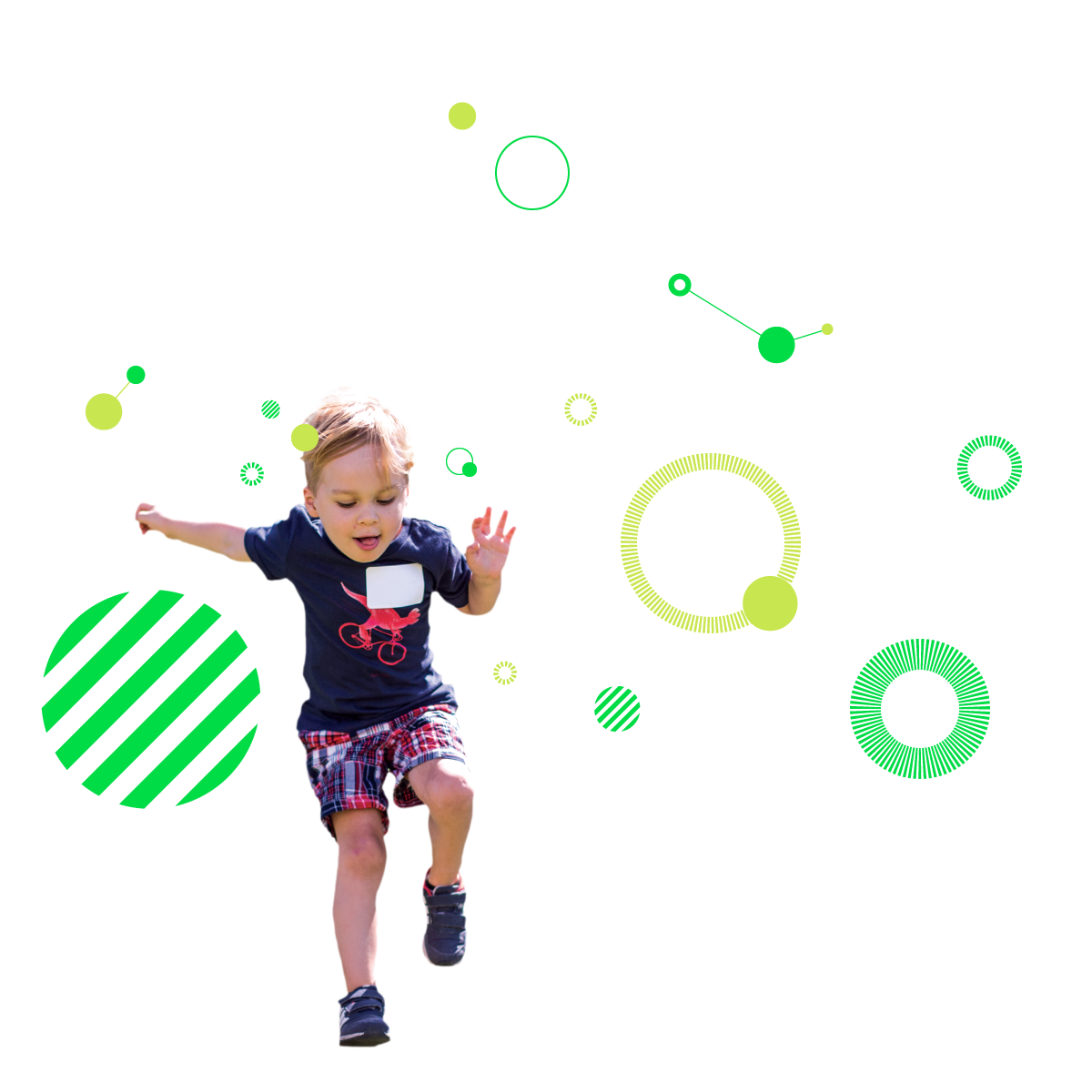This fall has sped by as we welcomed students back to campus, creatively reconnected with returning parents, and greeted new members of our community. I have been struck by the challenges of this strange in-between time where we must both live in a global pandemic and pursue normalcy for ourselves and our children. My hope is that these awkward months of growing pains that demand so much from us are propelling us toward understanding how we can leverage our humanity to create a more hopeful future for our children (and their children).
Certainly, these last 19 months have bolstered my commitment to create and foster diverse, equitable, and inclusive spaces—in my own home, in my broader community, and here at Turning Point School. I am so appreciative of the commitment that we have made as a school community to use the lenses of equity, inclusion, and antiracism to approach teaching and learning, to guide our relationships with each other and our students, and to ensure that our school policies address systems that underlie inequities.

I’m fortified by our new mission statement that serves as a North Star for the School’s decisions and actions:
We open our doors every day to create a dynamic learning community in which each child grows into their best self.
Our mission provides purpose and intentionality: we are committed to fostering the development of each child, every day so that they may thrive as citizens of a complex and interconnected world. Students learn that the gateway to personal fulfillment is inextricably connected to their experiences belonging to a dynamic learning community during their time here.
At Turning Point, belonging is more than participating; it involves constructing a place where everyone is deeply accepted for who they are. It means everyone sees themselves reflected in mirrors and learns about others through windows. No one must downplay or renounce parts of themselves to feel accepted or gain access to our community’s full benefits.
A great deal of what we have learned over the past 19 months has prepared us to do this work together. Amid uncertainty and even despair, we have become stronger, more resolute, and more connected. Many implicit undertakings and concepts have been made explicit. We have become aware of the paradoxes we hold, these both/and notions that simultaneously enrich our lives and exhaust us. We have had significant change foisted upon us, making us vulnerable to possibility even as we resent being forced to navigate new territory.
Poet, theologian, and philosopher John O’Donohue writes, “a threshold is not a simple boundary; it is a frontier that divides two different territories, rhythms, and atmospheres… it cannot be crossed without the heart being passionately engaged and woken up.” Crossing a threshold means what you once knew is no longer true, and what you thought you could count on becomes inconstant. But thresholds offer the possibility of evolving in new directions: what feels like a threat can concurrently be a promise.
When we apply this crossing-of-the-threshold to our understanding of inclusion, organizational psychology scholar Bernando Ferdman suggests that several paradoxes are at work: experiences of belongingness versus distinctiveness; boundaries and norms that are stable versus those that are shifting; and experiences of comfort versus discomfort.
 Working toward inclusion and equity means simultaneously focusing outward on the world and inward on ourselves. Holding up the development of each child, every day in one hand as we equally elevate the importance of the dynamic learning community in the other. Doing “the work” requires us to look hard at our blind spots, assumptions, and projections. Contributing to causes that foster equity and justice outside ourselves is critical, and we need to understand the ways in which the biases and prejudices we wish to fight in the world exist in us as well.
Working toward inclusion and equity means simultaneously focusing outward on the world and inward on ourselves. Holding up the development of each child, every day in one hand as we equally elevate the importance of the dynamic learning community in the other. Doing “the work” requires us to look hard at our blind spots, assumptions, and projections. Contributing to causes that foster equity and justice outside ourselves is critical, and we need to understand the ways in which the biases and prejudices we wish to fight in the world exist in us as well.
This process brings to mind psychologist Carl Jung’s conception of “the shadow,” which he defined as the “disowned self.” When we defend our self-image from anything painful or unflattering, we disown these parts of ourselves in the hopes that they will disappear. However, while burying uncomfortable biases and flaws may keep them out of our consciousness where we cannot access them, they still influence our behaviors and actions; ultimately, they get projected onto others.
I invite and expect our community members to challenge stereotypes and to create a space where children can become the types of leaders we need in our increasingly interconnected and complex world—those who hold respect, justice, and love for each human, every day at the center of their orientation.
Laura
Laura Konigsberg
Head of School
lkonigsberg@turningpointschool.org


































